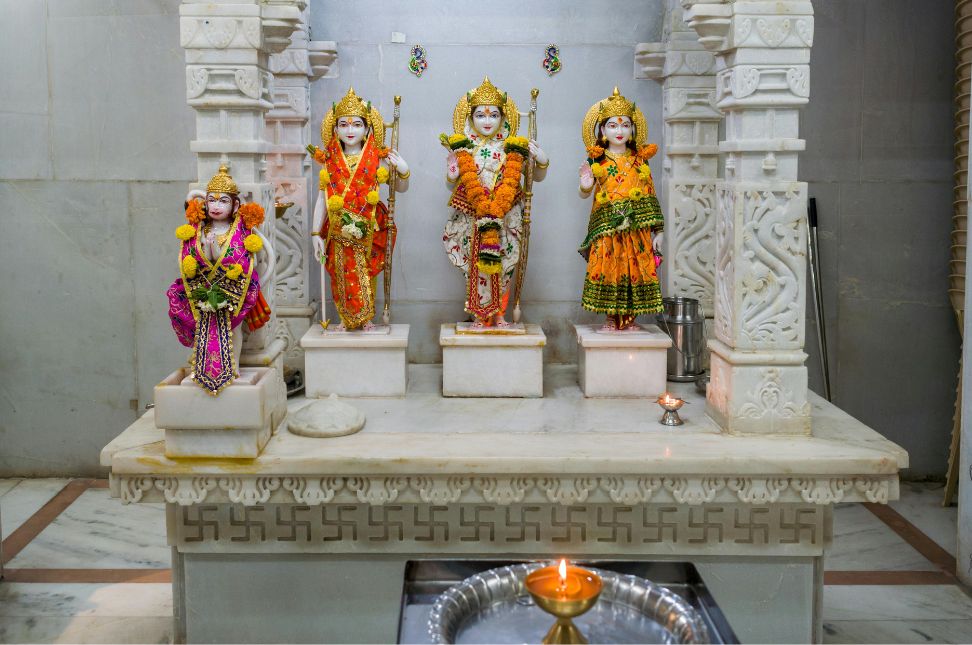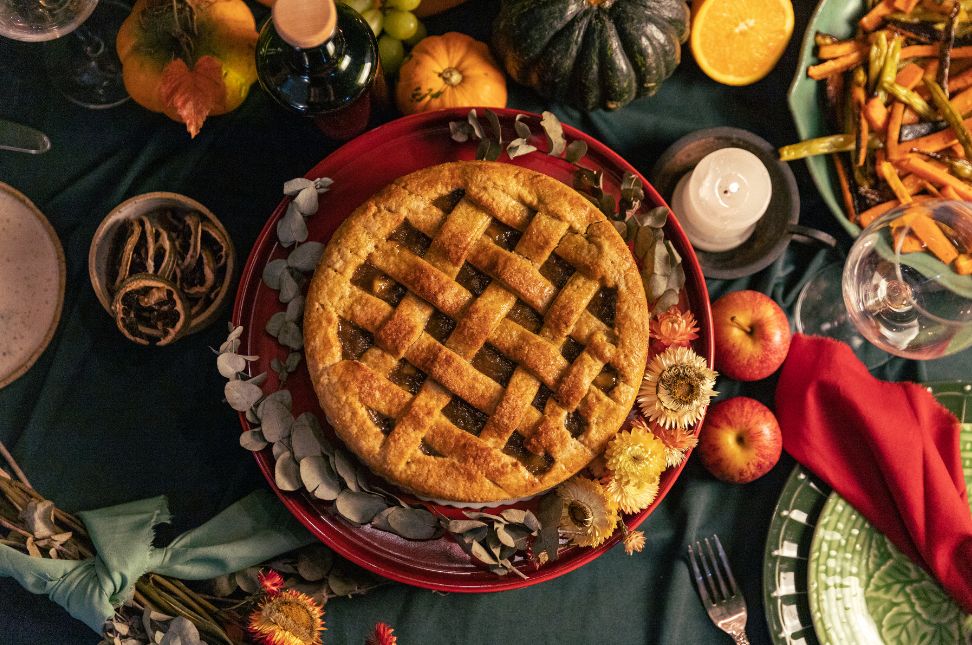Ram Navami is one of the most important festivals in the Hindu calendar. It celebrates the birth of Lord Rama, the seventh incarnation of Lord Vishnu, who is considered the symbol of truth, virtue, and dharma (righteousness). Observed with deep devotion and enthusiasm, Ram Navami holds a special place in the hearts of millions of Hindus across India and around the world. This year it falls on April 6th.
Let’s explore the history, significance, and traditions of this sacred festival in a simple and easy-to-understand way.
The Historical Significance of Ram Navami
The story of Ram Navami begins with the epic Ramayana, written by sage Valmiki. It tells the life story of Lord Rama, the prince of Ayodhya, who was born to King Dasharatha and Queen Kaushalya. After a long period of childlessness, the king performed a special yajna (sacrificial ritual) known as Putrakameshti Yajna, and as a result, Lord Rama was born on the ninth day (Navami) of the Chaitra month, according to the Hindu lunar calendar.
Rama’s birth is considered a divine event, not just for Ayodhya but for all of humanity. He came into the world to destroy evil and uphold dharma. His life is viewed as an example of how to live with honor, integrity, and humility.
Why is Ram Navami Celebrated?
Ram Navami is not just the celebration of a divine birth; it is a reminder of the values that Lord Rama stood for. It is a day to reflect on qualities such as:
- Truthfulness
- Devotion to duty
- Respect for elders
- Kindness and compassion
- Courage in the face of adversity
Many people observe fasts, perform pujas (prayers), and read the Ramayana or Ramcharitmanas on this day to reconnect with these values and seek blessings for a good life.
How is Ram Navami Celebrated Across India?
Ram Navami is celebrated with different customs and traditions across various parts of India, especially in North India where the story of Lord Rama is deeply rooted.
1. Temples and Homes are Decorated
Devotees clean and decorate their homes and nearby temples. Idols or pictures of baby Rama are placed in cradles, and devotees sing lullabies and devotional songs to celebrate his birth.
2. Ramayana Readings and Kirtans
Many people read or listen to stories from the Ramayana or Ramcharitmanas, the sacred texts that tell the life of Rama. Bhajans (devotional songs) and kirtans (spiritual music gatherings) are held in temples and homes.
3. Ratha Yatras (Chariot Processions)
In cities like Ayodhya, Varanasi, and Rameswaram, grand Ratha Yatras or chariot processions, are held. People dress up as Lord Rama, Sita, Lakshmana, and Hanuman and enact scenes from the Ramayana. These processions attract large crowds and are full of joy, color, and devotion.
4. Fasting and Prayers
Many people observe a fast from sunrise to sunset, eating only fruits or a single meal without grains. Special prayers and aarti are performed at noon, which is believed to be the exact time of Lord Rama’s birth.
Ram Navami in Ayodhya
The birthplace of Rama, Ayodhya, becomes the center of celebrations during Ram Navami. Thousands of pilgrims visit the city to take a holy dip in the Sarayu River, visit the Ram Janmabhoomi temple, and participate in large-scale religious events. The entire city is lit up and filled with the sound of chanting, music, and spiritual energy.
The Universal Message of Ram Navami
While Ram Navami is a religious festival, its teachings go beyond any one faith or culture. Lord Rama’s life is an example of how to live a balanced life with dignity, humility, and compassion. His story teaches us the power of forgiveness, the strength of truth, and the importance of family and duty.
In today’s world, where people often face challenges in relationships, society, and personal life, Ram Navami serves as a reminder that living with honesty, patience, and purpose can help us overcome any obstacle.




